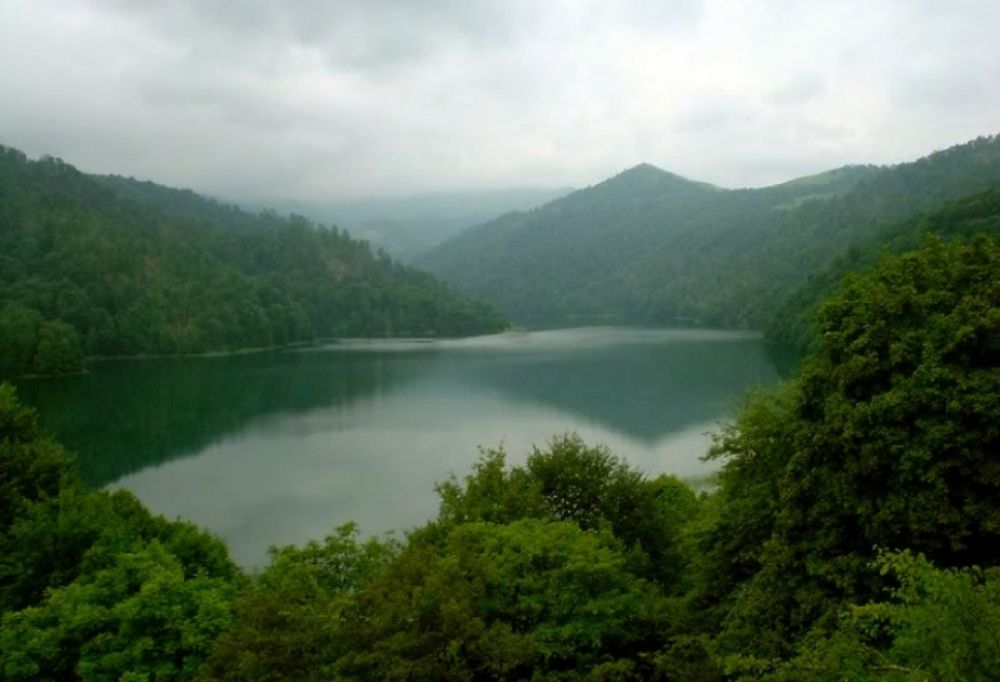

Goygol National Park, located in the western part of Azerbaijan, is a stunning testament to the natural beauty and rich biodiversity of the region. Predominantly known for its eponymous lake, Lake Goygol, which means "the Blue Lake," the park was established on April 1, 2008, by merging Goygol State Reserve and Kanach Zeyzid State Reserve. However, the history of the area as a protected zone dates back to earlier times.
The original Goygol State Reserve was founded on 1925 to protect the lake and the surrounding ecosystems. The lake itself was formed as a result of a major earthquake in 1139 that created a natural dam on the Agsu River. Over centuries, the beauty of the lake and its enviable biodiversity have attracted nature lovers, scientists, and tourists alike.
Tourism in the park has evolved significantly over the years. Following the Soviet Union's penchant for nature conservation, Goygol became a popular destination for those seeking rest and natural beauty within the USSR. After Azerbaijan gained independence in 1991, the park continued to develop its tourism infrastructure, focusing on sustainable practices to preserve its pristine condition.
The main attraction is, without doubt, Lake Goygol, famed for its crystal-clear waters and the striking reflection of the surrounding Caucasus Mountains. Other attractions include:
In recent years, Goygol National Park has seen a trend towards ecotourism, with a greater emphasis on preserving the natural environment while providing tourists with the opportunity to experience nature up close. Authorities have developed infrastructure that allows visitors to enjoy the park without harming its ecosystems. There has also been an increase in small-scale, community-based tourism, which supports local economies and shares authentic cultural experiences with visitors.
For visitors planning to travel to Goygol National Park, it's advisable to:
Concluding, Goygol National Park is not just a stunning natural paradise but also a place where carefully managed tourism supports conservation efforts and the wellbeing of the local communities. Its history and ongoing commitment to maintaining its natural beauty make it an exemplary destination for nature lovers and eco-conscious travelers.